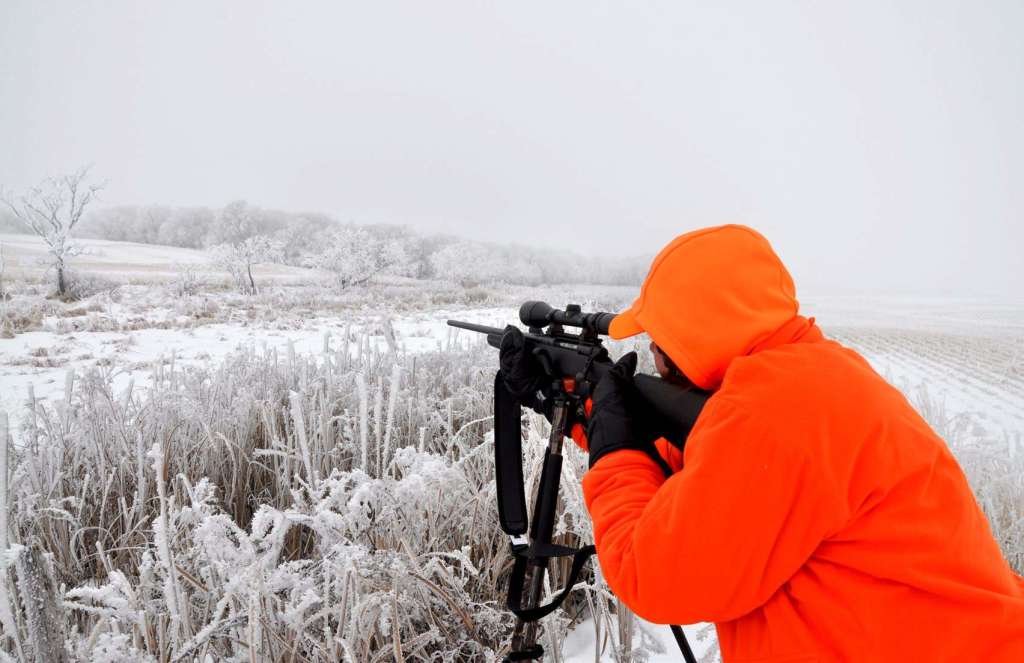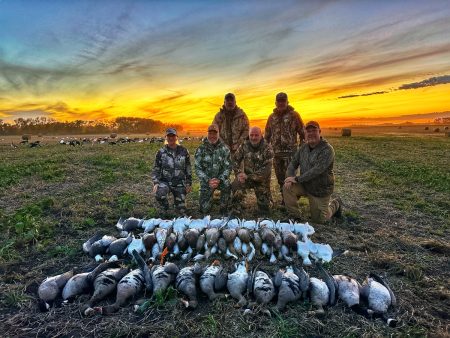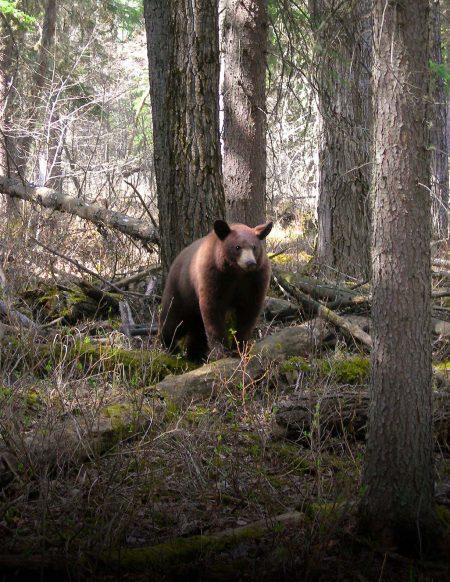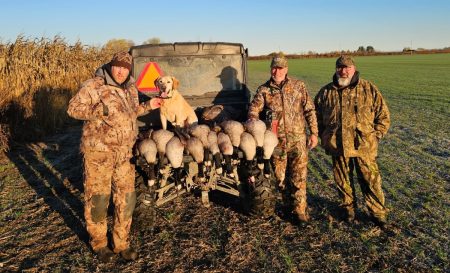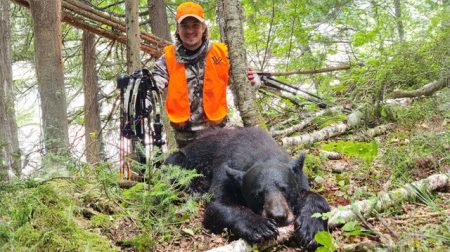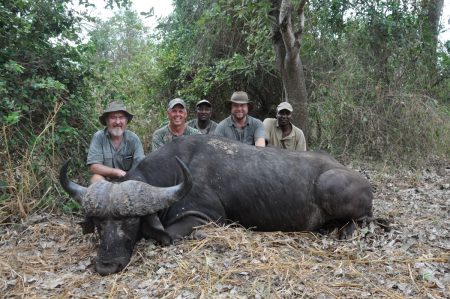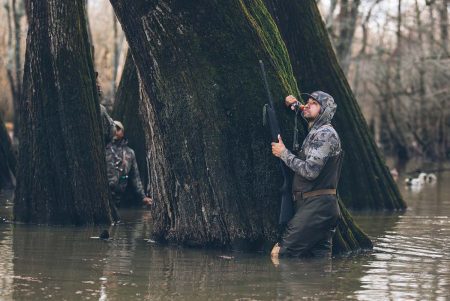It seems that when the mercury plummets well below the freezing mark that the deer hunting action heats up. Deer need more food to fuel their bodies and will typically be up feeding longer in the mornings and earlier in the afternoons. Under these conditions, hunters need to be prepared to be in the field, and stay there without cutting the outing short due to cold feet, numb fingers, frost bitten ears or a wicked case of the shivers.
There is more to staying warm than simply pulling on all the clothes in your closet. If you do this, you’ll look like the Good Year Blimp and be restricted in your movements. As well, you’ll quickly over heat, start sweating and find yourself getting cold.
Fortunately, there are a number of outdoor garments designed specifically for cold weather applications. These garments differ from everyday clothing items as they perform specific tasks under cold weather conditions. For example, some products wick moisture away from our bodies while providing insulating qualities. Other items are designed to retain heat and warmth, even when wet, while others are designed to block wind and moisture.
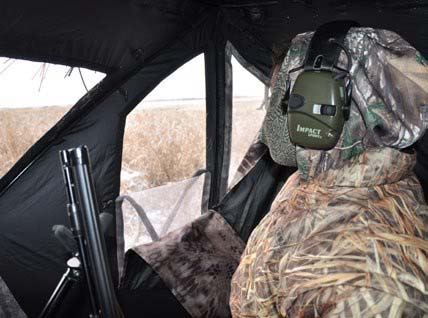
To take advantage of these specialty garments, we need to dress in layers. Begin with a non-absorbent wicking layer that removes perspiration from your body. Depending on temperature and wind-chill and whether you are going to sit motionless or stalk through the bush all day long, add one or more layers of insulating garments. Finish off with a good quality outer layer that is wind and water proof.
To help understand this layering process, let’s get dressed for a cold day of hunting. To begin with, it is essential to wear good quality underwear. Select long-johns and undershirts that are made with absorbent synthetic fibres such as polypropylene. These amazing synthetic fibres provide insulation while wicking perspiration away from the body. Such a product will pull sweat away from your body and absorb it while you walk long distances in the cold to your tree stand or ground blind. Once you settle there, you will not feel the cold as there will be no moisture on your skin. At that point, the underwear will simply provide an insulating layer to help keep you warm.
Protect your feet by wearing a wearing a pair of polypropylene under socks. Just like with underwear, these socks will wick moisture away from your body and help keep you warm. These are called under socks as they are typically a pair of socks worn under your normal socks. In terms of over or normal socks, wool is a very good choice as they provide by moisture wicking and warmth. If you find wool socks itchy, look for synthetic socks which have the same features as wool socks. Now it’s time for the insulating layers of shirts and pants over your underwear to help keep you warm. Let’s begin with shirts. The sky is the limit as there are countless choices of synthetic and natural fibres available. Synthetic materials are often favoured over natural materials as man-made fabrics retain much of their insulating abilities even when wet and generally dry much faster than natural materials. As well, the synthetic materials also seem to be better at wicking away moisture.

For most applications, I tend to wear a combination of synthetic garments, including polar fleece and sherpa. However, when the mercury really plummets, I’ll wear a down filled vest.
When buying clothes to wear in layers, don’t buy them all in the same size. Your first couple of layers should be your regular size. However, subsequent layers should be a size or two larger to allow you freedom of movement and comfort.
To keep your neck area warm, I recommend a neck gaiter. A gaiter looks like an oversized sock with an opening on each end. It simply slips over your head and helps protect your neck from the elements. Just remember while they don’t look like much, gaiters are ideal for helping to keep you warm.

The beauty of layers, is they can be added or removed depending on your level of activity or the outside temperature. If you plan on going for a long hike, remove a layer or two to prevent overheating and getting cold when you stop moving. If you plan to sit motionless for extended periods of time, add a layer or two, so that the extreme temperature doesn’t penetrate your body. Although our legs are relatively tough, they still need to be covered with warm pants. I recommend investing in a pair of insulated jeans, fleece or wool pants.
In terms of outerwear, it a good idea to invest in a top quality insulated and water proof jacket and pants. Don’t be confused by the terms water resistant and water proof. Water proof means the garment is water proof and rain or snow will not penetrate the garment. On the other hand, water resistant means the garment will repel water. However, after extended exposure to moisture, the water resistant garment will be unable to repel moisture and you’ll start getting wet.
Many people like to wear one piece coveralls instead of jackets and insulated pants. They like the idea of only purchasing one garment, plus they never have to worry about their lower backs and kidneys being exposed to the elements. I personally prefer to go with a two-piece outfit. My reasoning being that the two-piece outerwear gives me more flexibility and movement. Therefore, when the weather gets real cold, or there is plenty of snow or rain, I’ll pull on a pair of insulated bib overalls. I find that when wearing bib overalls as opposed to pants, my lower back and kidney areas are always covered. Plus, I have the luxury to change or remove my jacket.
When selecting outer wear, look for jackets and pants that will not be noisy when you move. There are many varieties of clothing options including fleece and soft-side suede.
Nothing beats a pair of insulated felt pack boots for cold weather hunting. When looking at pack boots, ensure they have some moisture wicking capabilities and that the rubber soles have adequate grip yet will remain flexible under extreme temperatures.
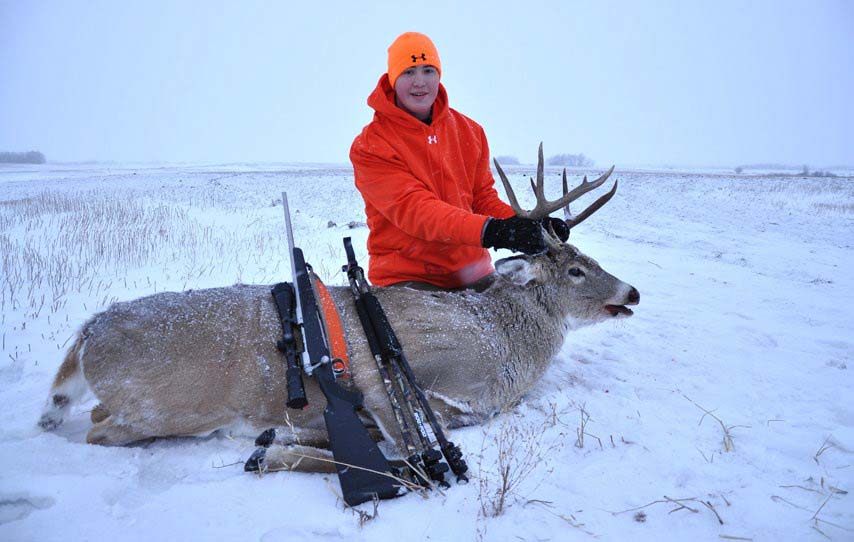
I actually own two pairs of pack boots. One pair is rated for minus 40 C, which I wear when I will be doing a lot of walking. My second pair is rated for minus 100 C and I wear them when my hunting method involves lots of sitting. If you wear boots rated for minus 100 C and do a lot of walking, make sure you wear socks with really good wicking capabilities or your feet will overheat and start getting cold.
With all the advancements in synthetic fibres and insulations, there is no reason to ever have cold hands and fingers. When looking for gloves, select a pair that can wick away internal moisture while at the same time repel exterior moisture.
Mitts are also a good choice for keeping your hands warm. With your fingers being in one large compartment as opposed to separate compartments, your hands tend to retain more heat. This feature helps keep your fingers warmer for extended periods of time. On the down-side, it is impossible to pull a trigger while wearing a mitt.
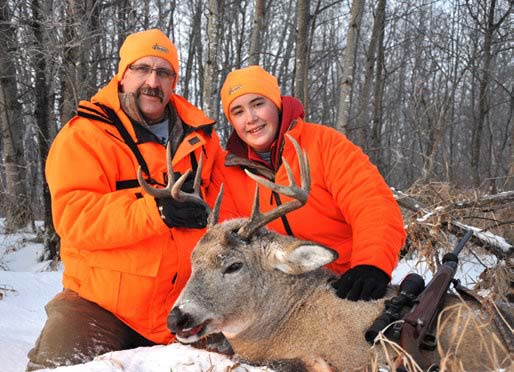
To increase the efficiency of mitts and gloves, use disposable hand warmers. Be aware that hand warmers take a while to heat up once they are opened. Therefore, for best results, get the hand warmers fired up about a half hour before you plan on using them or really need them.
When hunting in cold weather, it is imperative to keep your head covered. Studies have shown that over 80 % of body heat is lost through the head area. Therefore, to trap this heat, you need to wear a toque. If the wind is really howling, pull up your hood for extra insulation.
Breathing in cold air places stress on your body. When you inhale cold air, your inner body core (heart and lungs) begin to cool off. In response to this unnatural cooling, your body automatically reduces blood flow to your hands, feet, arms and legs, in an attempt to keep your inner core warm. When this happens, you’ll begin to feel cold. Therefore, when hunting in cold weather, it is essential to cover your mouth and nose area.
Balaclavas and scarves will help slow down this process and help extend your time afield.
It’s obvious that staying warm while hunting makes the outing more enjoyable. However, there is much more to the equation. Once you start to become cold, your concentration levels will start to decline. Instead of staying alert and focused on hunting, your mind may wander. Thoughts of hot-tubs and fireplaces may prevent you from flicking off the safety before pulling the trigger.
Worse yet, a lack of concentration may cause you to make the wrong decision and put you into a life threatening situation. For example, as you plod along in the cold, you may forget which fork in the trail to take. In the end, your lack of concentration could be the difference in you finding your way out alive or freezing to death.
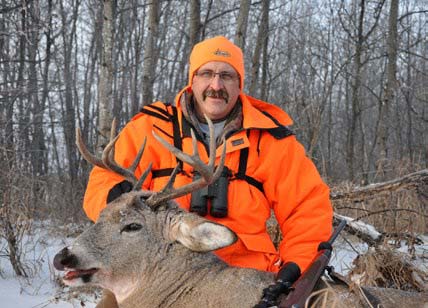
To help your body stay warm, make sure to pack some food and snacks to consume while afield. In terms of snack, nuts are a good choice as they will give you plenty of long lasting energy vs a sugary snack such as a candy bar that will only provide a short energy spike.
Don’t just prepare yourself for the cold. Make sure your equipment and vehicles can handle extreme temperatures. Put gas line anti-freeze in your gas tank to prevent frozen fuel lines. Never park with your vehicle pointing into the wind or leave your head lights on. As well, on extremely cold days, stop hunting periodically to start your vehicle to prevent it from freezing solid and leaving you stranded.
Nothing is more frustrating than discovering your rifle is frozen as the buck of a lifetime stands broadside well within range. To avoid disappointment, thoroughly clean your gun before heading out in cold weather. Make sure you remove all excess oil, grease and dirt from the action and any other moving parts. During cold weather hunts, I personally strip all the oil from my rifle and use it without any lubrication.
At the end of a cold weather hunt, don’t put your gun away or leave it in a sealed gun case. As soon as the cold firearm is brought inside and begins to warm up, condensation will begin forming. If left unattended, rust will set in immediately. At the end of the day, spend some time wiping down and cleaning your firearm or you may be faced with permanent rust damage.
When using grunt tubes in cold weather, don’t blow on the calls like you normally would. If you do, your call will freeze up after your first call. After that, your calls will scare any nearby deer, instead of attracting them. To ensure your grunt call sounds right, turn your call around and inhale through the opposite end.
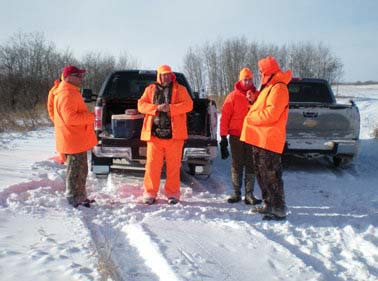
Field dressing a deer in freezing cold weather can be frustrating. The animal’s body cavity is warm and wet, while the surrounding air is cold and dry. The moment you remove your hands from the body cavity, they instantly begin freezing and the radical change between hot and cold can be excruciating. To resolve this problem, always pack a pair of latex surgical gloves. The gloves help protect your hands from the severe temperatures. They also keep your hands clean and dry and make field dressing much more enjoyable.
Speaking of field dressing, once your der is field dressed it’s a good idea to skin the back the hide on the back legs of your deer, while the animal is still warm. If you don’t, the hide and legs will freeze solid and it will be a difficult and time consuming task to hang and skin your deer once you get home.
Cold weather has never prevented me from going deer hunting. In fact, it really gets my blood boiling. Deer activity increases while hunter numbers dwindle. It seems the colder it gets, the better the hunting becomes. So, start planning now for cold weather hunting, so that when the cold weather arrives, you’ll be able to head afield, stay comfortable and concentrate on what you’re doing.
By Mike Hungle
Per our affiliate disclosure, we may earn revenue from the products available on this page. To learn more about how we test gear, click here.






